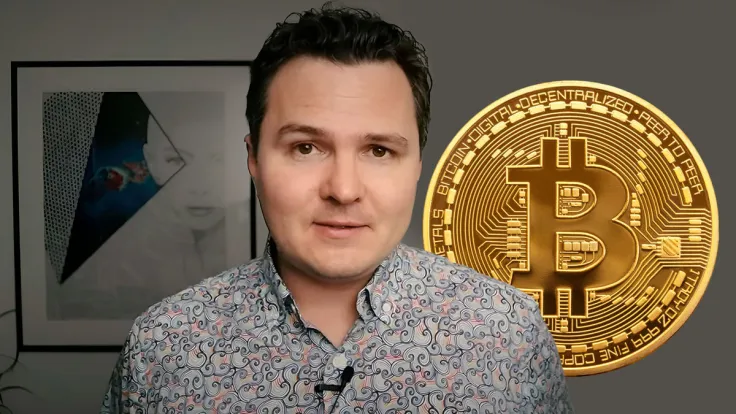
Crypto YouTuber Lark Davis has likened Bitcoin to gold in 2004 — the year before BTC was created and launched and when gold ETF was released.
Davis tweeted that many experts in the crypto community believe that once a Bitcoin spot exchange-traded fund (ETF) launches, new investors will bring a whopping $20 billion to $30 billion USD into Bitcoin by grabbing around 50% on crypto exchanges at today's prices.
Davis shared a chart showing the skyrocketing of the gold price in 2004 after the first ETF was released (SPDR Gold Shares [NYSE: GLD]) by State Street Corporation. The same may happen to Bitcoin, the crypto blogger reckons. The chart shows that the gold price after that started rising in late 2004 from $400 per ounce and finally reached a peak of $1,939 in 2011. That was followed by a decline to $1,184.
Davis also added the regular argument of Bitcoiners: "supply and demand don't lie."
Last Tuesday, Bitcoin price skyrocketed to reclaim the $28,000 level briefly from $26,000 after Grayscale won a lawsuit against the American securities regulator, the SEC, regarding the prospects of the former's Bitcoin Trust and its prospects to be converted into a Bitcoin spot ETF.
The legal victory did not guarantee that it would happen, but at least the SEC would have to give this request fair consideration. Bitcoin's rise pulled the rest of the cryptocurrency market up. However, less than a week later, the world's leading digital currency returned to the $26,000 level and even went slightly lower.
This summer and spring, several major Wall Street players, including Ark Invest run by renowned investor Cathie Wood, and the largest management fund in the world BlackRock, submitted their filings to the SEC to get permission to launch Bitcoin spot ETFs. The decision on Ark Invest's filing has been delayed by the SEC.
As reported by U.Today recently, Bloomberg expert Eric Balchunas is positive on the upcoming permission to launch a Bitcoin spot ETF. He believes that the likelihood of that has now increased by roughly 75% this year and 94% by the end of 2024.

 Dan Burgin
Dan Burgin Vladislav Sopov
Vladislav Sopov U.Today Editorial Team
U.Today Editorial Team